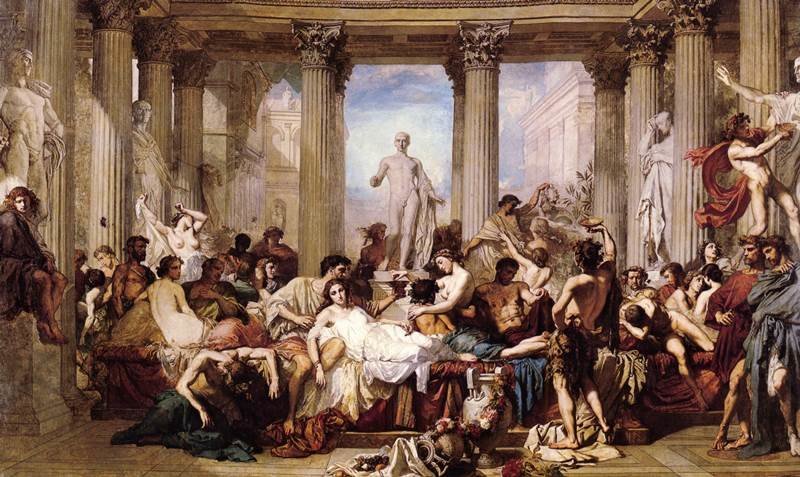
/Saturnalia_1500-56a6dfdb5f9b58b7d0e53501.jpg)
This is close to December 25, but not the same, so it’s hard to argue that Christmas was a baptized version of that celebration.Ĭontrary to what is commonly claimed, Horus’s birth was celebrated in late August, not December, and his mother Isis was married to Osiris and was not a virgin. Jesus’ birth is radically different in that it occurred in historical time, in an identifiable place, with confirmable historical figures attached to it.Įven on their own terms, however, neither the Saturnalia theory nor the Jesus Myth makes sense of the existing evidence. While the birth of certain gods is connected to human kings or royalty, these people are themselves legendary and exist outside of history. In every case, the birth and life occurred in what can best be termed mythological time. On its most basic level, none of these gods were born in historical time. It argues that along with Saturnalia, December 25 was the date of the birth of Horus, Mithras, Sol Invictus (the Unconquered Sun), and a host of other dying and rising deities Jesus mythicists also claim that all of these gods were born of a virgin with a birth attended by three wise men, had twelve followers, etc., demonstrating that the church stole these stories as it invented the life of Jesus. The “Jesus Myth” theory, which says that Jesus never actually lived but that his story was stolen from paganism, takes this argument one step further. When talking about the date of Christmas, people routinely tell you that we do not know when Jesus was born, but we celebrate Christmas in December because the church wanted to compete with the popular pagan Roman holiday of Saturnalia.

Christmas Trees in Medieval Christianity.


 0 kommentar(er)
0 kommentar(er)
